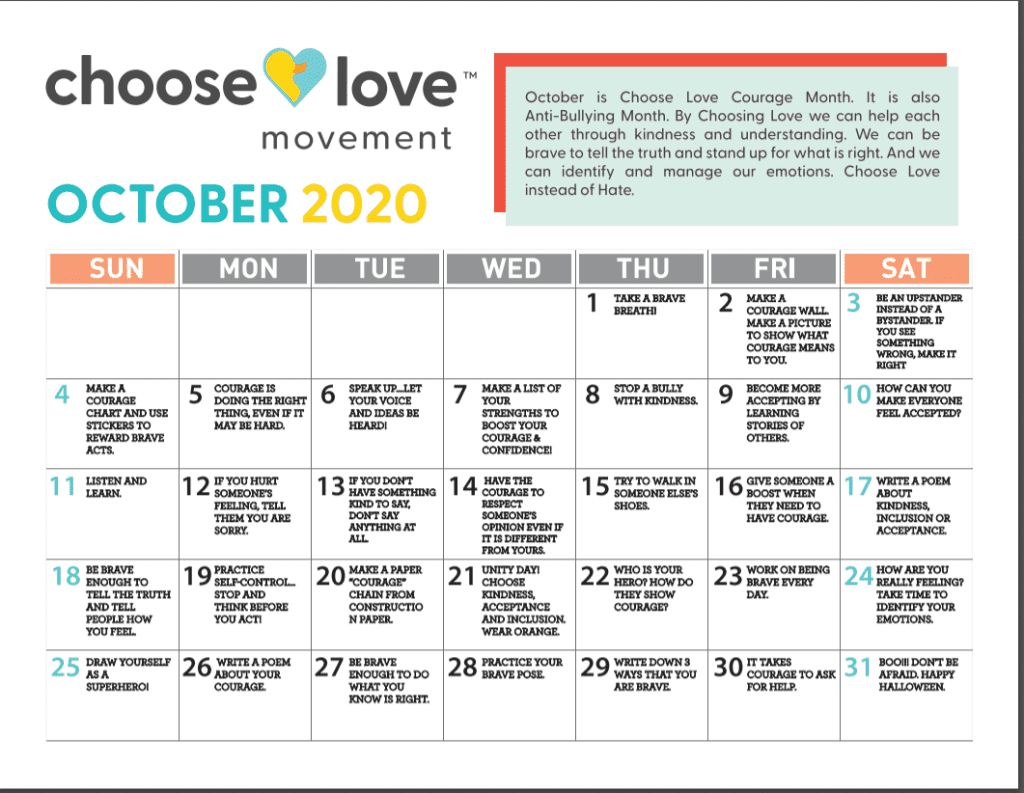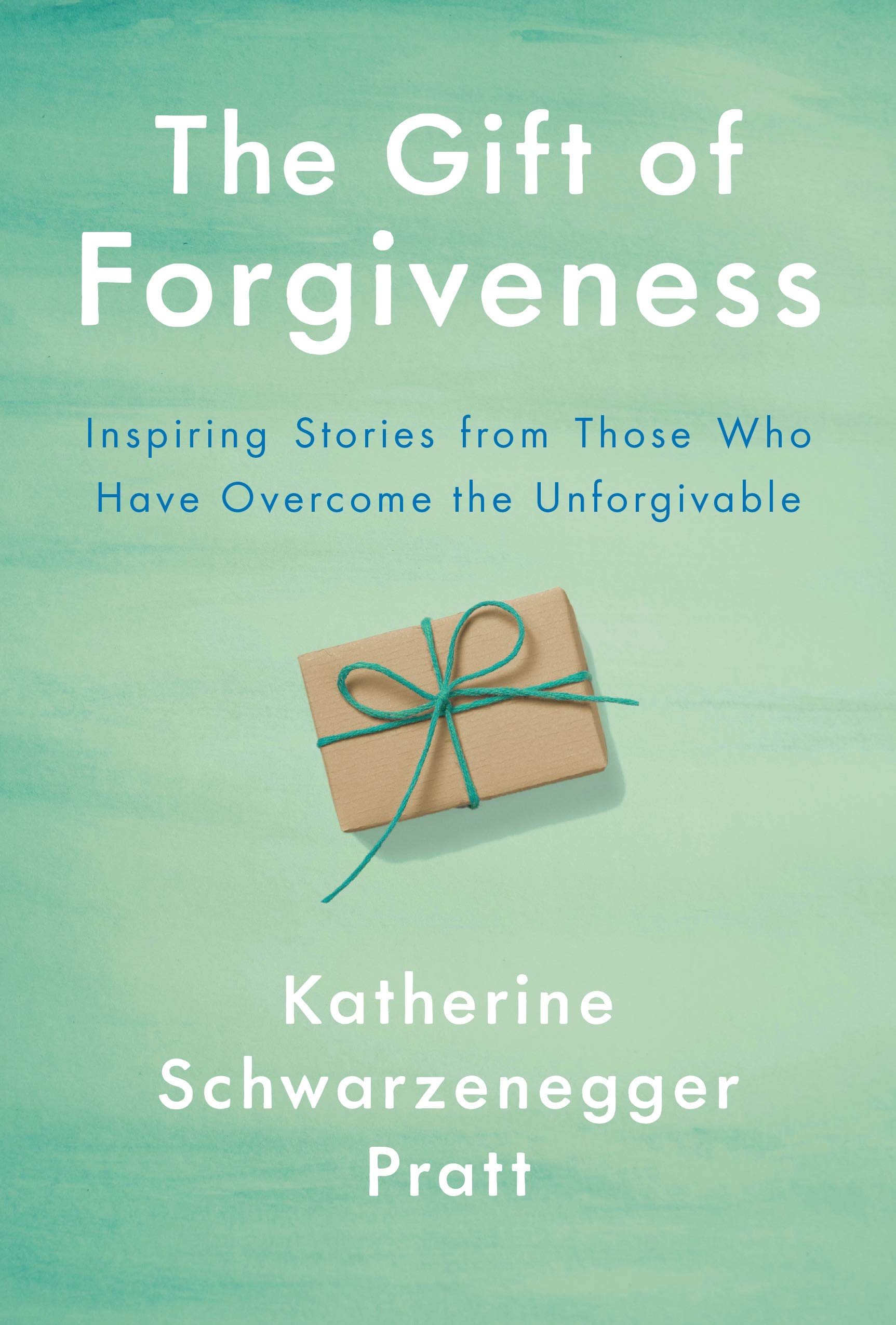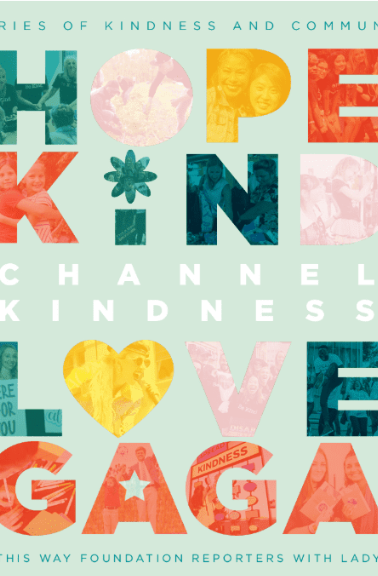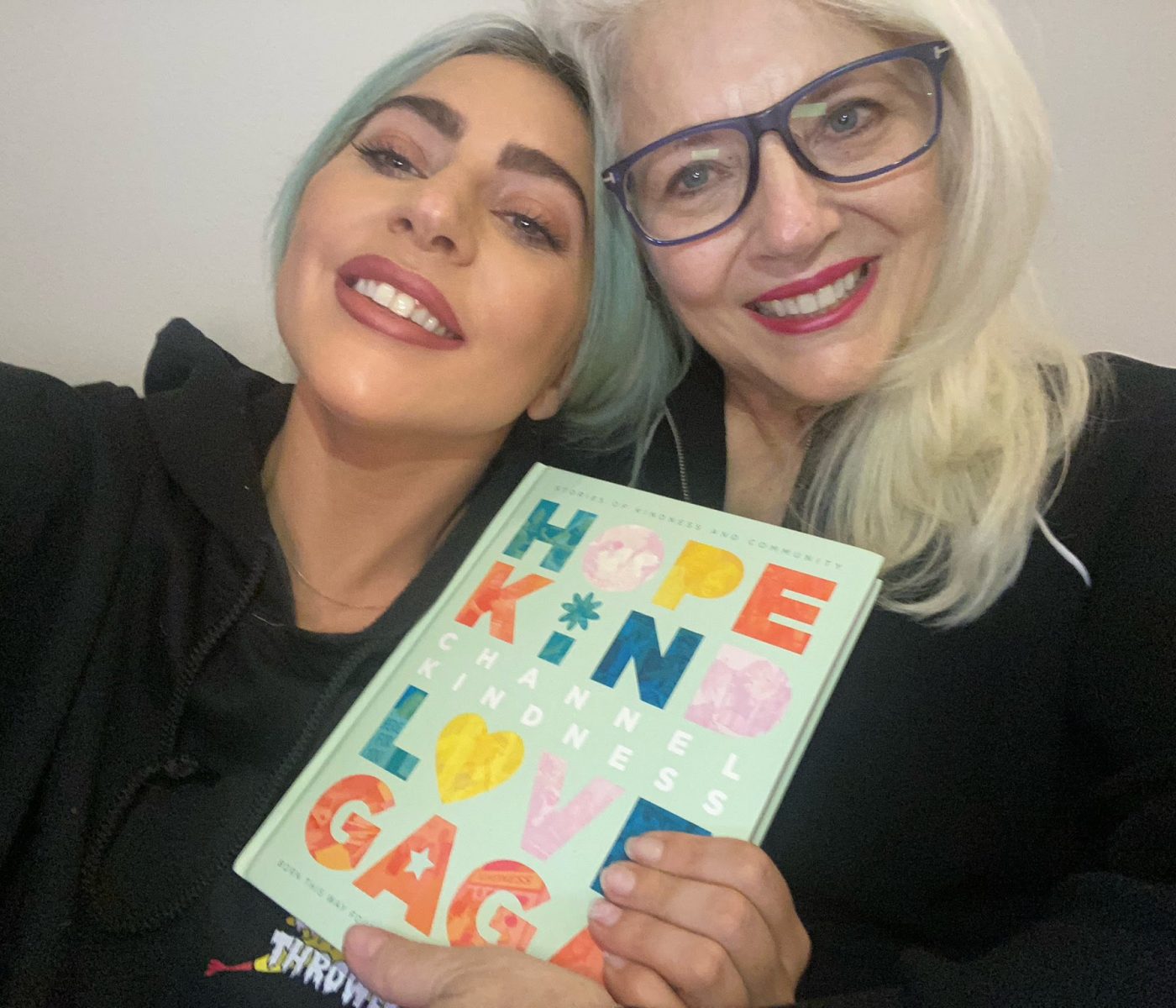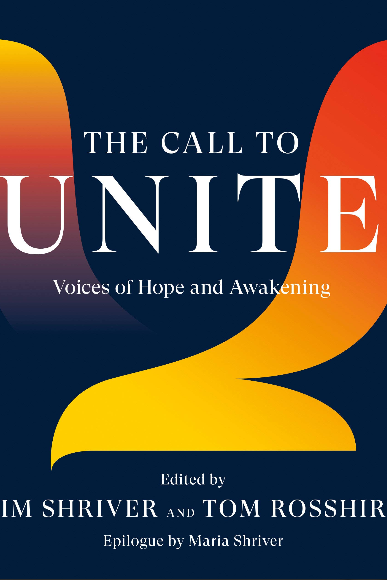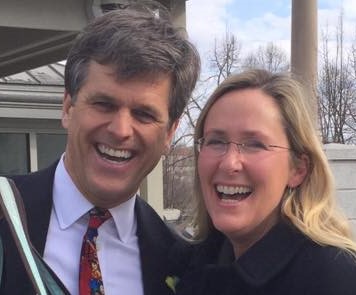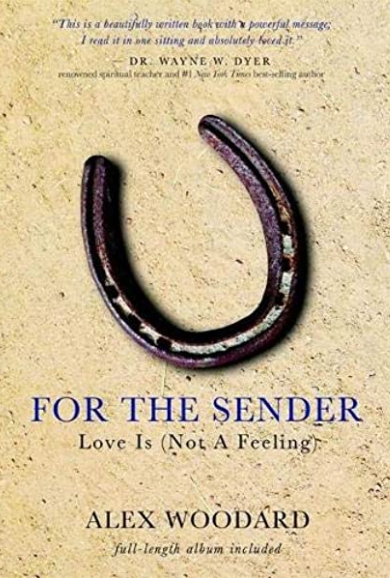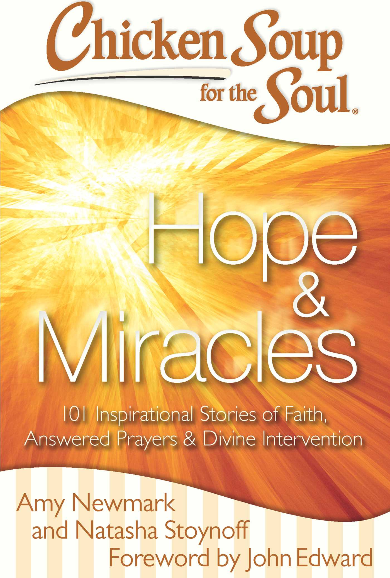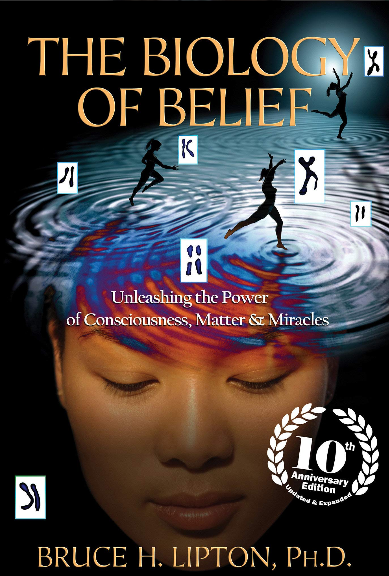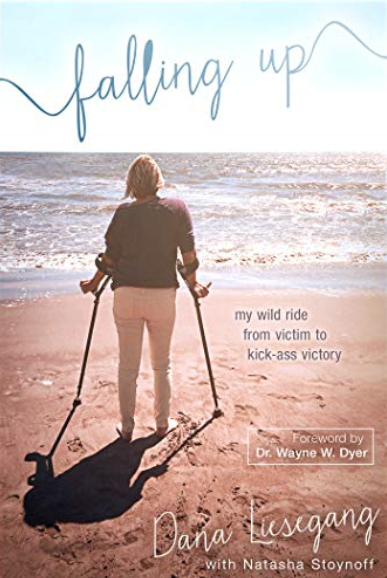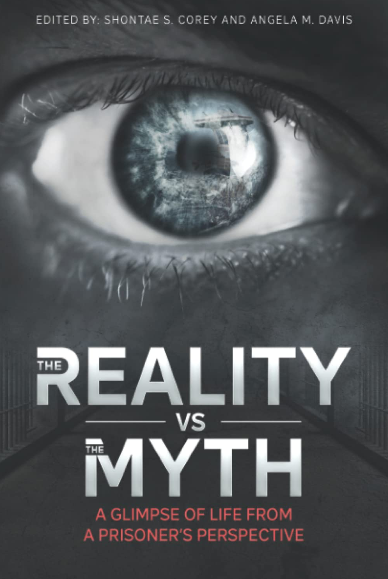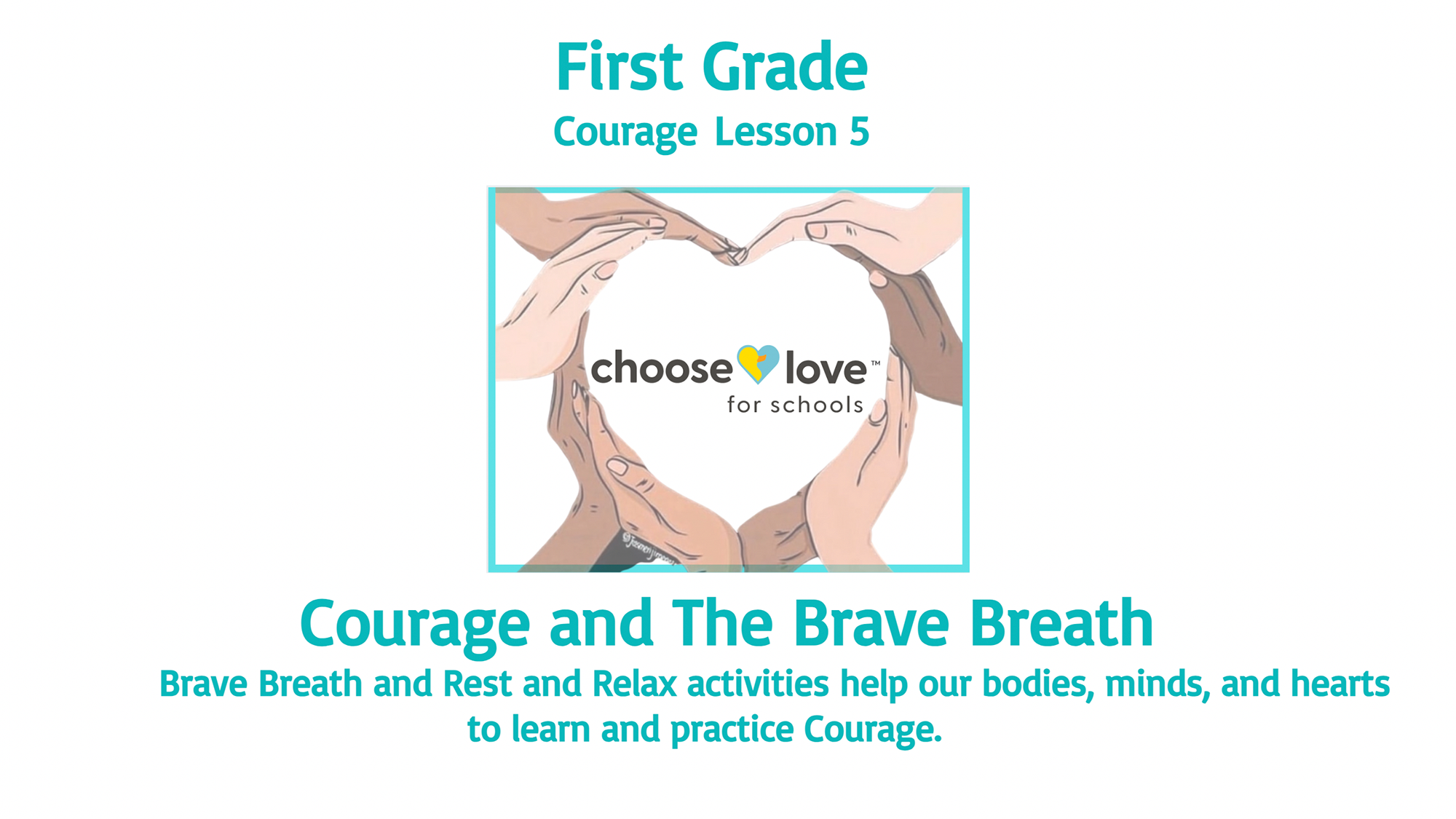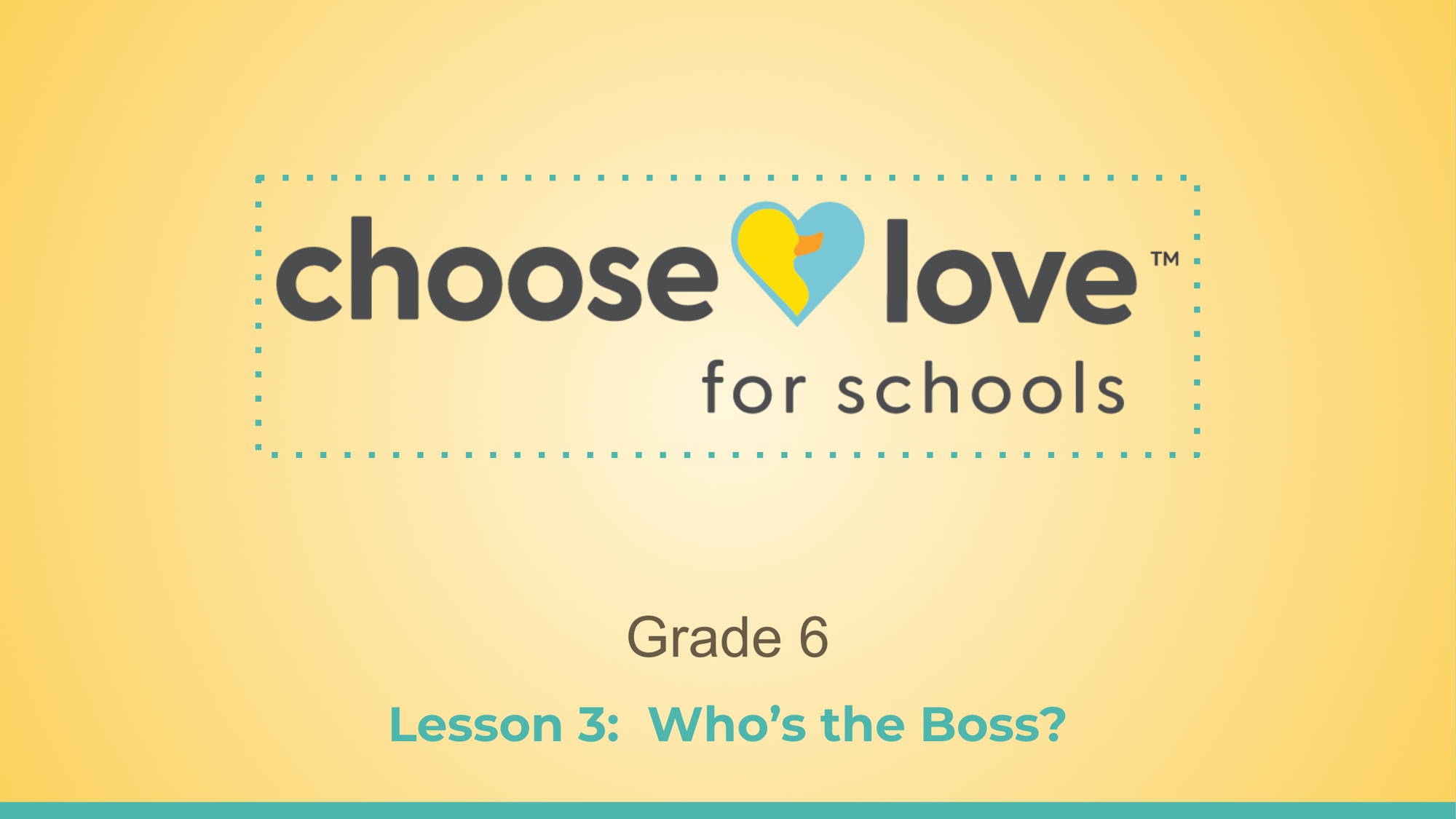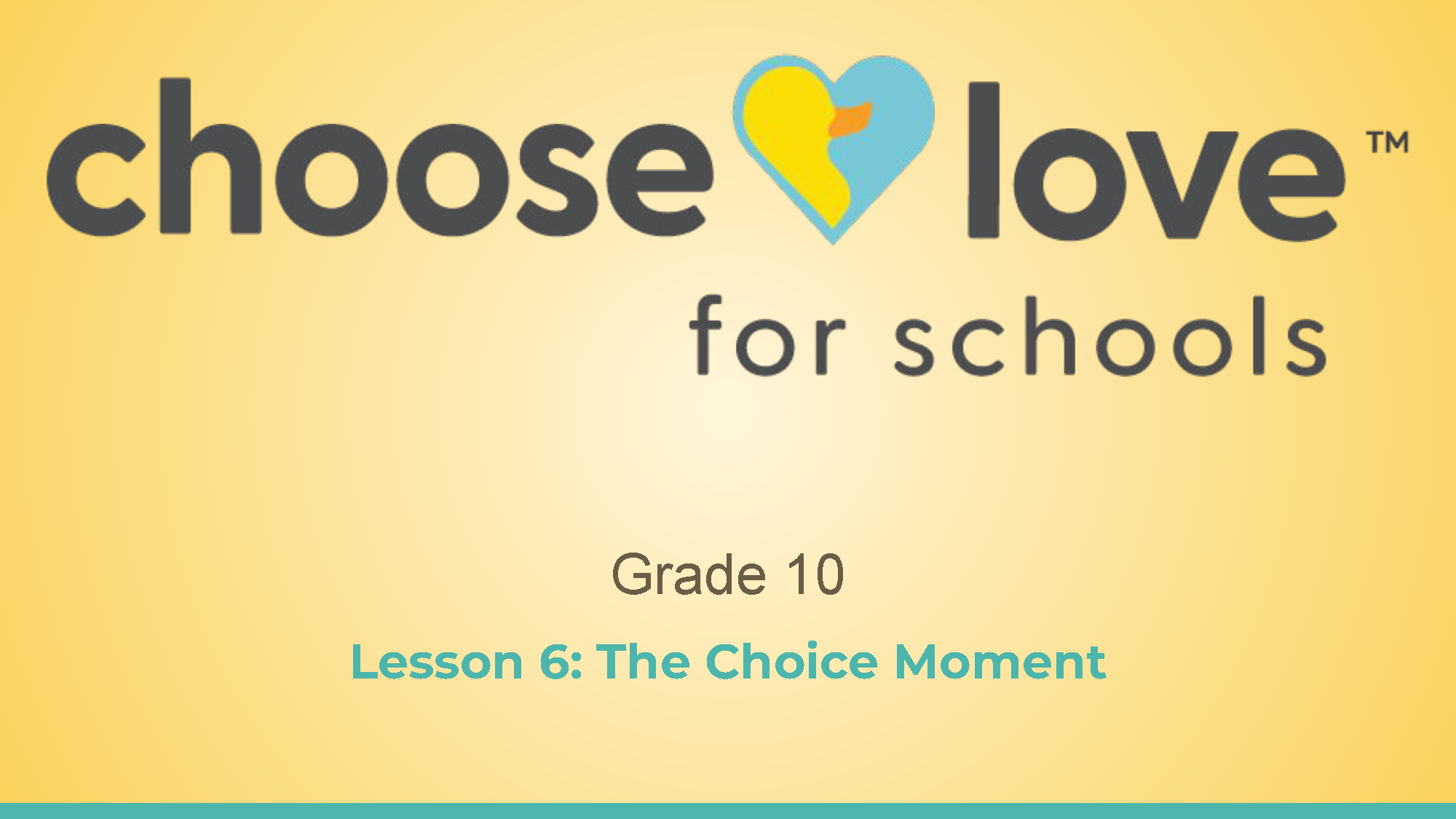The magnificent fall foliage displayed during the month of October reminds me of transition and forward momentum. Ideally, as humans, we grow and change along with the seasons to find meaning and purpose in life and flourish. Unfortunately, the progression of our lives isn’t always smooth and people aren’t always kind. There are essential life skills that we can learn, however, that can help us grow through struggle and choose love in our thoughtful responses.
We have had varied reactions to the global pandemic. For some, the quarantine has been a welcome retreat from the world and a time to catch up on projects, spend time with family, and even work on self improvement. But, for others, the time has been less productive. For those that struggle with relationships and self regulation and the close confinement of the mandated isolation has escalated the difficulty. Some have been contained in an environment that is unsafe and and even violent without even the temporary refuge of work or school.
October is National Bullying Prevention Month and Domestic Violence Awareness Month. The Federal Government officially started tracking bullying in 2005 and it has only escalated since then, despite what is seemingly our best efforts. Domestic Violence began to be formally acknowledged as something other than a family matter during the 1960’s and ‘70’s with the influence of the Women’s Liberation Movement. Both are painful, physically, mentally and emotionally and can leave lasting scars, and, at worst, result in death. Bullying can describe both scenarios and is usually a learned behavior. It might be displayed in school, but it doesn’t begin, or end there. The problem extends into adulthood, in the workplaces, in our communities, and even in our homes. Cyber bullying has introduced another realm of 24 hour harassment that is hard to track and even more difficult to curtail.
I experienced bullying at school, at work, and at home. You don’t even have to be the target of bullying to be negatively impacted. When I was in school, we had marginally effective anti-bullying classes that labeled kids ‘bullies’ or ‘bystanders.’ I was a bystander in a situation in middle school and still feel guilty for meanness that I vividly remember witnessing, yet doing nothing about, over 40 years ago.
I remember the exact moment I realized that bullying continues into adulthood and it left a pit in my stomach. At work, the persecution came in the form of lewd comments and unwanted advances. At home, the torment came in the form of domestic violence which, although not physical, was surreptitious, degrading, and demeaning, and left a trail of destruction that took years to heal.
My first grader actually died at the hands of a bully. The shooting at Sandy Hook Elementary School was an example of a horrendous case of bullying. The most valuable lesson I learned from that experience is that hurt people hurt people. The young man responsible for the crime had been bullied, himself, including through neglect, isolation, and suspected abuse from a trusted professional. I believe the tragedy could have been prevented and decided to dedicate my life to this endeavor.
Since we officially recognized the problem and began to research ways to address it, we have spent billions on school programming that focuses on the issue. School administration maintains and continuously refines lists of consequences with little impact. We do this in our criminal justice system as well. In order to solve the issue, however, it’s imperative to address the cause of the perpetrator’s pain. It’s not enough to punish the behavior, we must find out what caused the behavior in the first place, what was the point of pain.
Addressing the cause of the pain that leads to persecution/bullying, whether it be in school, home, or work is the solution. Bullies are often bullied themselves and attempting to off-put their anger and pain onto someone else, be it other children and eventually, their own children, spouses or co-workers. This inculcation of behavior may even start at home and then extends into adulthood as victims become victimizers. Bullying is either a learned behavior or a response to similar mistreatment. Without addressing the cause, there is little success in breaking the cycle.
In order to correct this issue we must change the way we look at it. We must respond thoughtfully rather than reacting. When we look at what causes the bullying we can provide a solution. When we consider perpetrators with compassion, we are able to address their pain and help them heal. The cause of the aggression, pain and violence is lack of the ability to manage emotions, have healthy and supportive relationships, and skills to grow through the difficulties we face in life. These social and emotional life skills, tools and attitudes are not innate within us, they must be taught. I believe if the troubled young man who took my son’s life had been better able to manage the difficulties he faced in life, my son would still be alive, so would the shooter.
Social and Emotional Learning teaches these essential life skills that enable us to meaningfully connect with each other, manage conflict, and grow through life’s ups and downs. These skills, tools and attitudes must be taught and practiced everywhere — in schools, at home, in our communities, and even in our workplaces. We assume kindness, compassion and even love are the bedrock of our home lives but this is not always the case. Parents that never learned these life skills can struggle. I know because I lacked these very same attributes. This is why teaching social and emotional skills, tools, and attitudes is important in homes and must be consistently reinforced in our communities.
We must all take responsibility for what is happening in our schools, homes, and communities across the country and be part of the solution. Everyone is impacted in one way or another by the worsening of the bullying epidemic whether through the financial burden of addressing the issue in schools, in our court system and prisons, or by the pain and suffering of exposure. We see the lasting results of bullying every time we turn on the television or read the news. Social and Emotional Learning is a way to proactively reduce and prevent this pervasive societal issue.
It takes courage to face a bully just as it takes bravery to take responsibility for the cause of the issue. It took courage for me to take my personal power back following my experience with domestic abuse and to do the same following my young son’s murder. Courage is like a muscle and we can practice it to strengthen the response. By learning to have courage and face difficult situations we model this for our children and others. This is the first step in being part of the solution. We can begin by choosing love in our thoughtful responses and being grateful for what we have, forgiving ourselves and those who have hurt us and stepping outside of our comfort zones to help others. One person can make a tremendous difference. Join the Choose Love Movement (chooselovemovement.org) through the month of October as we practice our courage muscle through participation in courageous-themed activities and challenges. This is how you can be part of the solution.


